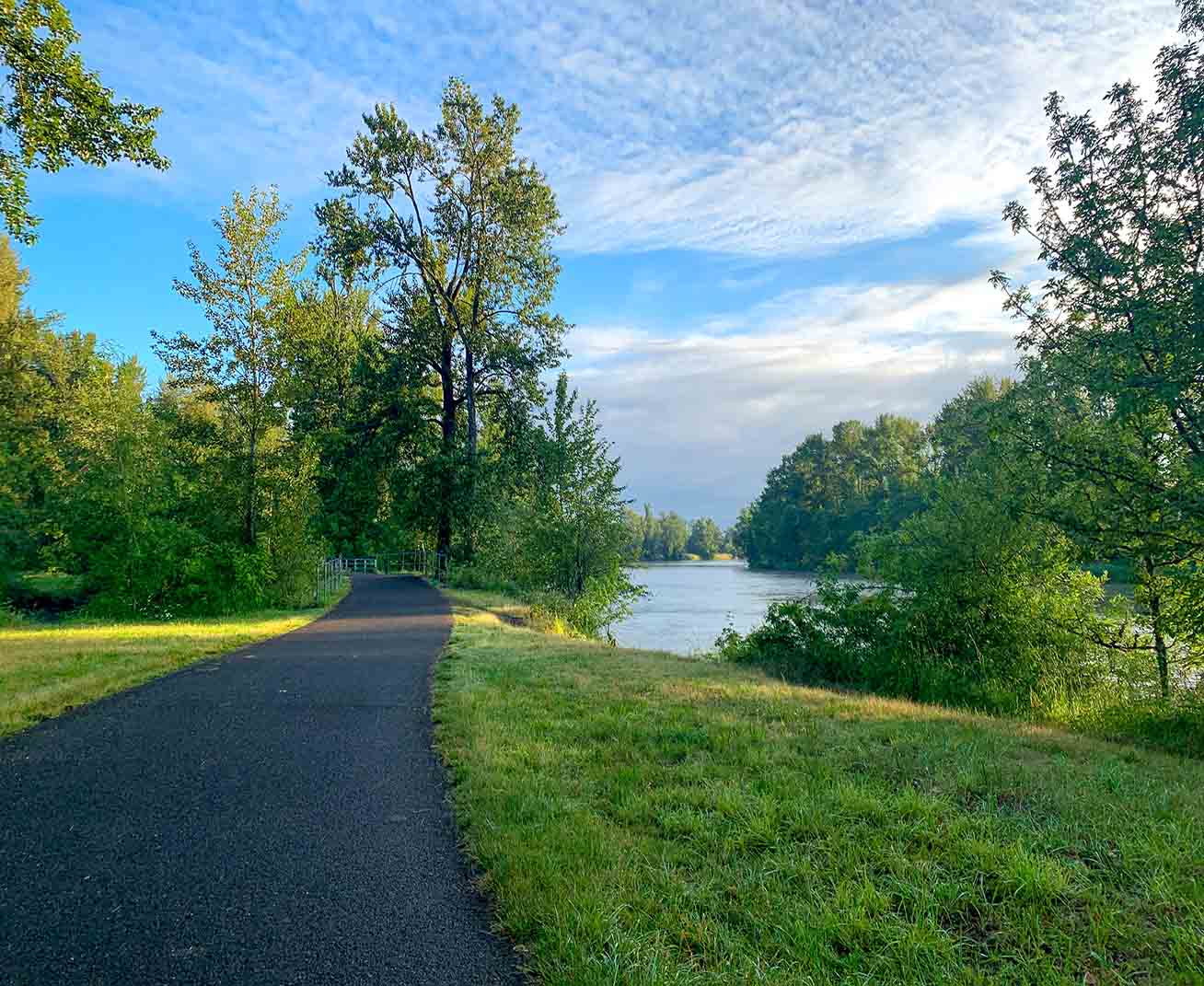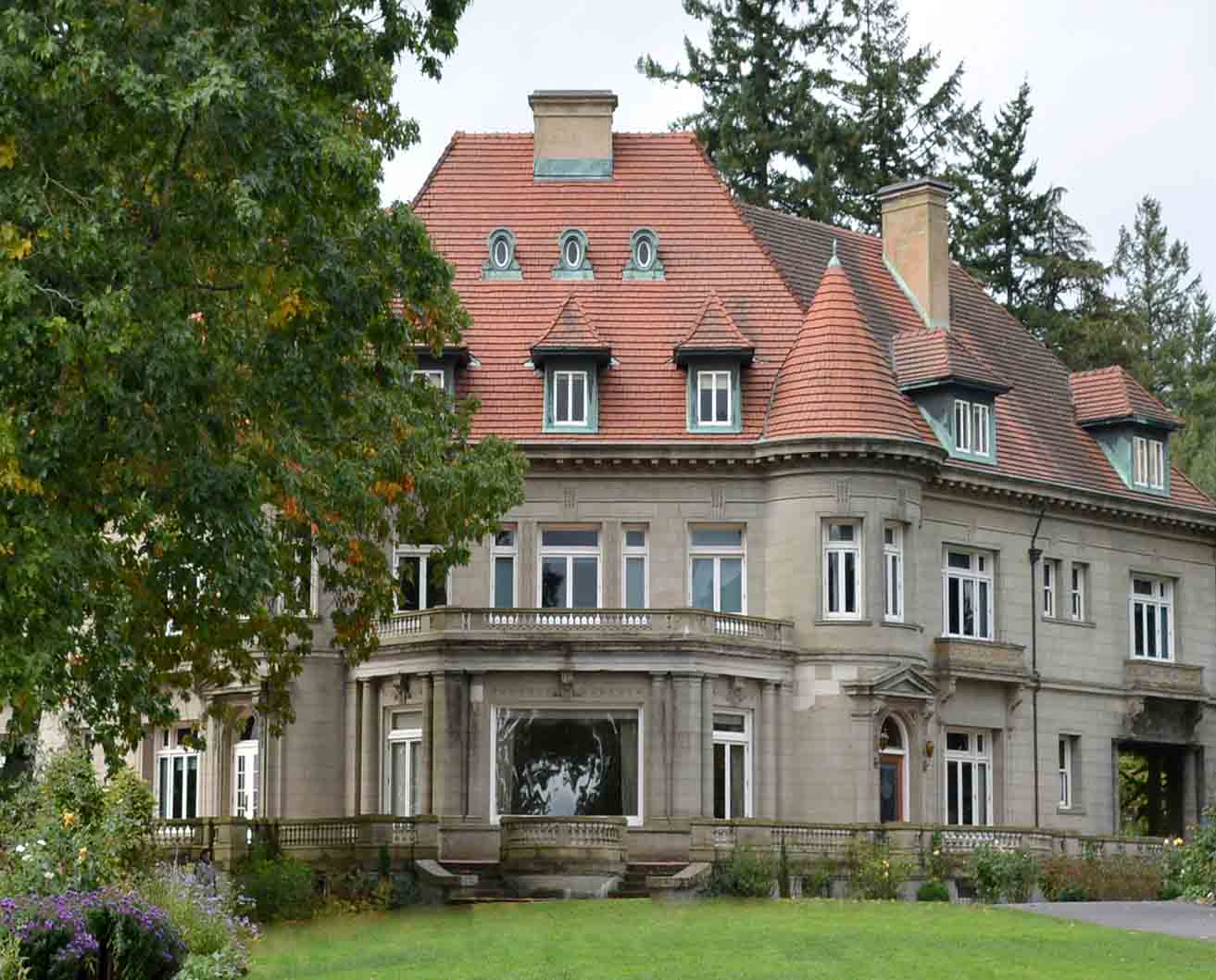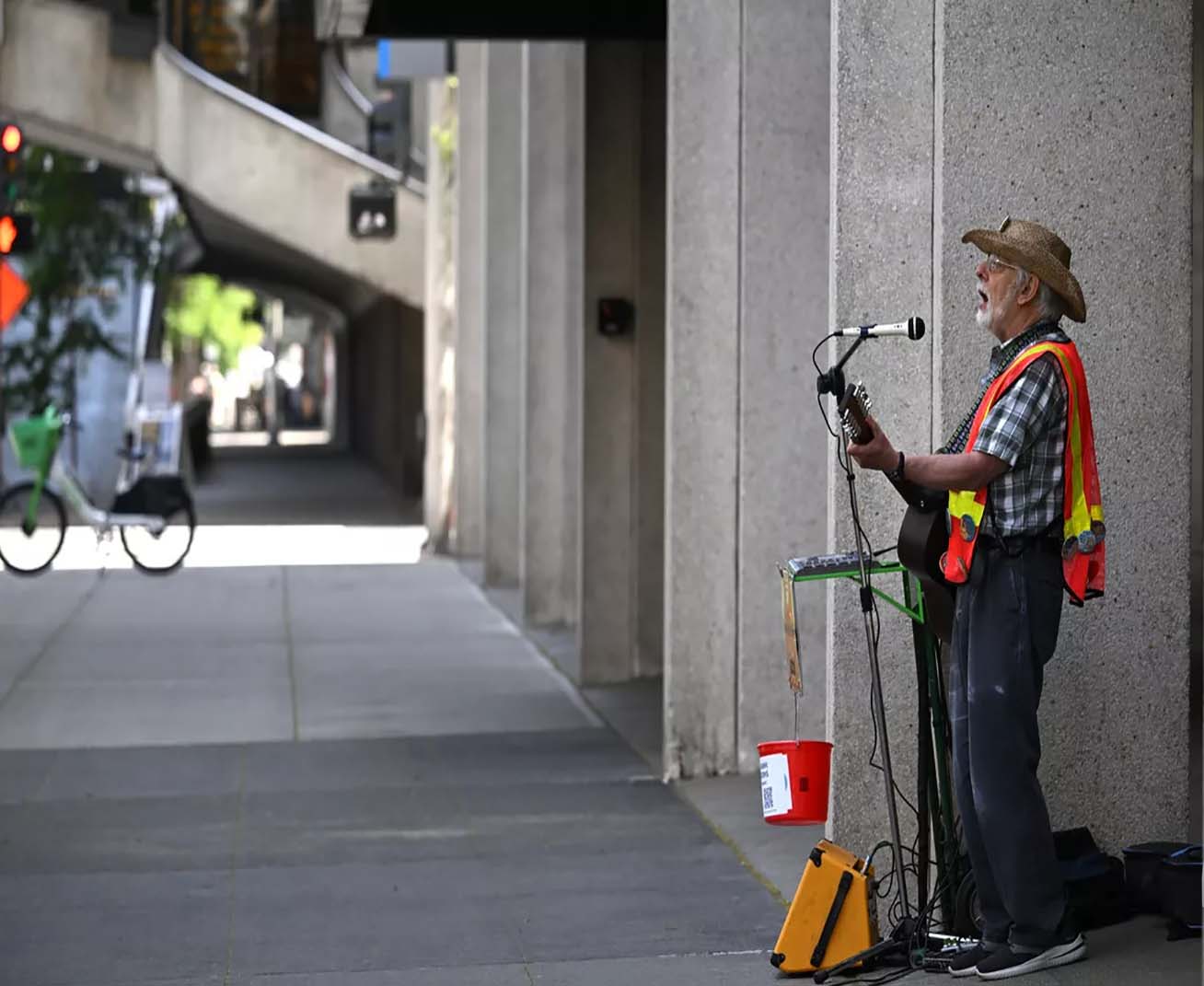Seattle has always spoken to me in colors, textures, and unexpected stories told not just in galleries or museums but right on the city’s walls. I’ve found that some of my most unforgettable moments in this city weren’t spent staring at carefully framed art behind glass but instead wandering alleys, corners, and open-air spaces where murals, graffiti, and art walls pulse with raw creativity. What makes Seattle unique for me is how the city embraces street art as a living, breathing part of its identity. And as someone who carries a camera wherever I go, I can’t help but find endless inspiration in the graffiti-covered bricks, neon-colored murals, and carefully designed walls scattered across town.
From hidden corners in Capitol Hill to giant murals in Belltown, I’ve spent days chasing light across painted walls, waiting for the perfect moment when shadows, passersby, and the city itself collaborate to create the ultimate shot. In this article, I’ll share my personal journey through Seattle’s street art, highlight some of the most iconic walls worth photographing, and offer detailed tips about locations, costs, photography tricks, and even the best booking platforms to plan your Seattle trip.
Capitol Hill’s Vibrant Murals
Location
Capitol Hill is my usual starting point for any Seattle street art adventure. Specifically, the blocks around E Pine Street and Broadway are a constantly shifting canvas of murals, graffiti, and street art installations. These walls are regularly repainted or refreshed, which means that each visit reveals something new—sometimes a political statement, sometimes abstract bursts of color, and occasionally collaborative pieces from multiple local artists. The energy of the neighborhood is palpable; you can feel the mix of creativity, community, and rebellion as you walk along the streets.
Personal Experience
The first time I approached the rainbow-colored “Capitol Hill Pride Wall” on East Pike, I was immediately struck by how alive the area felt. The vibrant colors seemed to radiate energy, drawing people of all ages and backgrounds to pause, take photos, or simply soak in the atmosphere. As I lifted my camera, I noticed the way the morning light bounced off the bright reds, blues, yellows, and purples, casting a natural glow that added depth and intensity to the wall. I experimented with angles, crouching low to capture reflections in puddles and stepping back to include the surrounding streetscape. The scene felt alive: street performers strummed guitars nearby, and locals chatted on the sidewalks, their movements becoming part of my photographs.
A few steps away, near Neumos, I discovered an abstract wall bursting with chaotic energy. Layers of spray paint overlapped, dripped, and intertwined, creating textures that were as mesmerizing as they were unpredictable. Photographing it required me to embrace imperfection, focusing not on symmetry but on movement, color contrasts, and the dynamic interplay of shapes. Observing people interact with the wall added another layer of storytelling—children pointing out shapes, friends capturing selfies, and a cyclist pausing mid-ride to admire the art. It was a reminder that street art is not static; it lives in conversation with the people around it.
Costs & Booking
Walking through Capitol Hill is free, but for those wanting deeper insight, local Seattle street art walking tours via Viator, TripAdvisor Experiences, or Eventbrite typically cost \$20–\$35 per person. These tours often include behind-the-scenes stories, insights into artists’ techniques, and access to murals that are less obvious to casual walkers. Booking in advance through these platforms ensures you get a reserved spot and can maximize your experience.
Photography Tips
- Visit early in the morning or late afternoon for the softest, most flattering natural light.
- Wide-angle lenses help capture the full scale of murals in tight alleyways.
- Include candid shots of people interacting with the art to add scale and vitality to your photos.
- Look for reflections, shadows, and textures to create dynamic compositions that go beyond simple snapshots.
Walking Capitol Hill is a sensory adventure, where each mural tells a story, and each corner offers a new perspective. The neighborhood feels like a living gallery, and through the lens, I can capture not just the art but the vibrant energy that defines this part of Seattle.
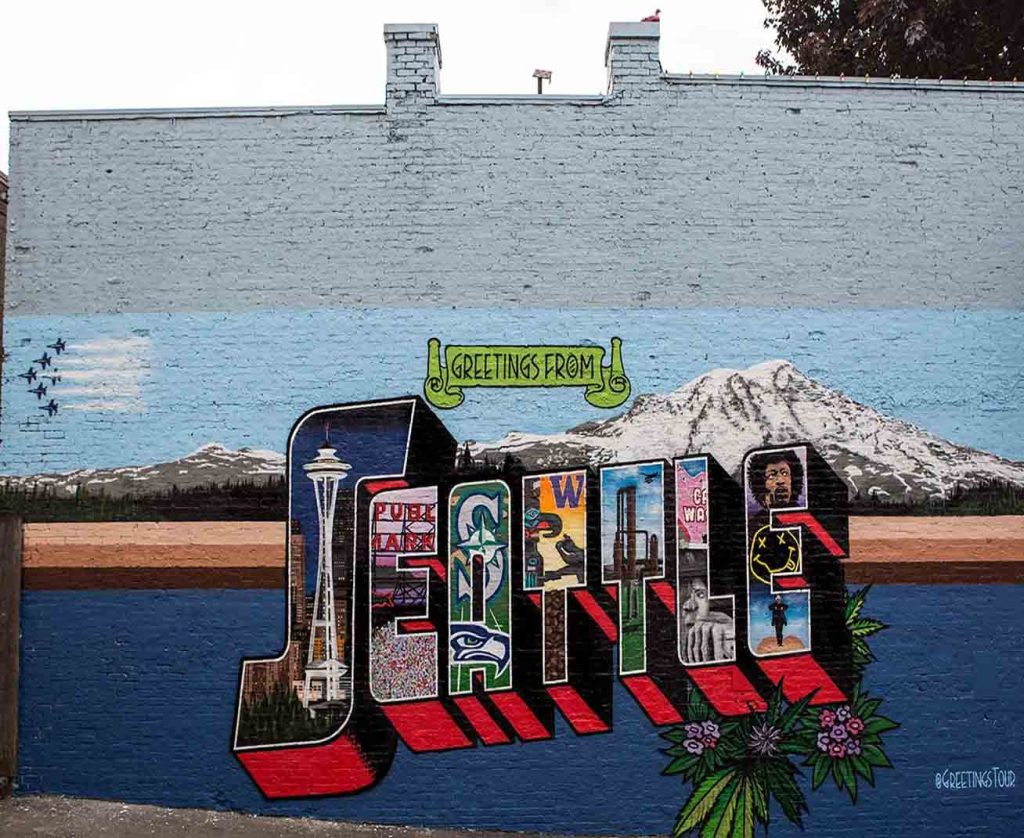
Belltown’s Graffiti Alleys
Location
One of my favorite discoveries was Belltown’s Blanchard Alley, tucked between 1st and 2nd Avenue.
Personal Experience
This alley is gritty, loud with textures, and utterly photogenic. The walls are covered from ground to roofline with graffiti layers, tags, and giant murals. I once found a massive black-and-white mural of a woman’s face stretching across an entire wall, her eyes staring directly into my lens. The contrast of her haunting expression against the surrounding neon graffiti made for one of my favorite shots of the year.
There’s also an ever-changing piece with bold lettering that local crews seem to repaint every few months. Each version feels like a snapshot of the city’s creative mood at that time. As I clicked my shutter, I realized that photographing graffiti here is like archiving Seattle’s emotional timeline.
Costs & Booking
Free to wander. If you’re staying nearby, booking a hotel in Belltown through Booking.com or Hotels.com puts you within walking distance of these murals, which I highly recommend.
Photography Tips
- Bring a 35mm or 50mm lens for crisp detail shots.
- Use puddles after rain for creative reflections.
- Shoot at night when alley lights add a cinematic feel.
The Famous Gum Wall at Pike Place Market
Location
Located at 1428 Post Alley, right under Pike Place Market.
Personal Experience
The Gum Wall is one of the quirkiest and strangest art walls I’ve ever photographed. It’s literally a brick wall covered in chewed gum, in every imaginable color. While it might sound gross at first, in person it’s oddly mesmerizing. The wall glistens under light, with layers of gum creating an almost 3D collage.
I crouched low with my camera to catch the glossy texture at an angle, and it looked more like abstract art than discarded candy. My childlike side loved spotting shapes—hearts, words spelled in gum, little faces. The smell of sugar lingered faintly, mixed with the nearby scent of coffee and seafood from the market.
Costs & Booking
Free. If you’re already at Pike Place, it’s impossible to miss. Restaurants nearby can be reserved through OpenTable or Resy, which I often use to guarantee a spot for lunch after shooting photos.
Photography Tips
- Use macro shots for close-ups of textures.
- A wide lens captures the overwhelming scale.
- Visit early before crowds to get clear shots.
SODO Urbanworks and the Murals
Location
3931 1st Avenue S, part of the SODO Urbanworks complex.
Personal Experience
This area is a treasure trove for mural hunters. Many of the buildings are painted with giant art pieces created by local and international artists. I was especially drawn to a wall featuring a huge octopus wrapped around industrial pipes, its tentacles blending into real metalwork. The illusion was so good that I had to double-check where the paint ended and reality began.
Photographing here is a dream for anyone who loves industrial-meets-art aesthetics. Trucks roll by, the sound of breweries humming in the background, and yet these bold murals give the place a vibrant identity.
Costs & Booking
Free entry to wander. If you want to explore the nearby SODO wineries, you can book tastings on Eventbrite for around \$15–\$25. Staying nearby can be arranged through Airbnb, where industrial lofts often make for a cool base.
Photography Tips
- Bring a polarizing filter to cut glare from painted walls.
- Play with framing by including industrial pipes or doors.
- Visit on cloudy days—Seattle’s gray skies actually make the colors pop.
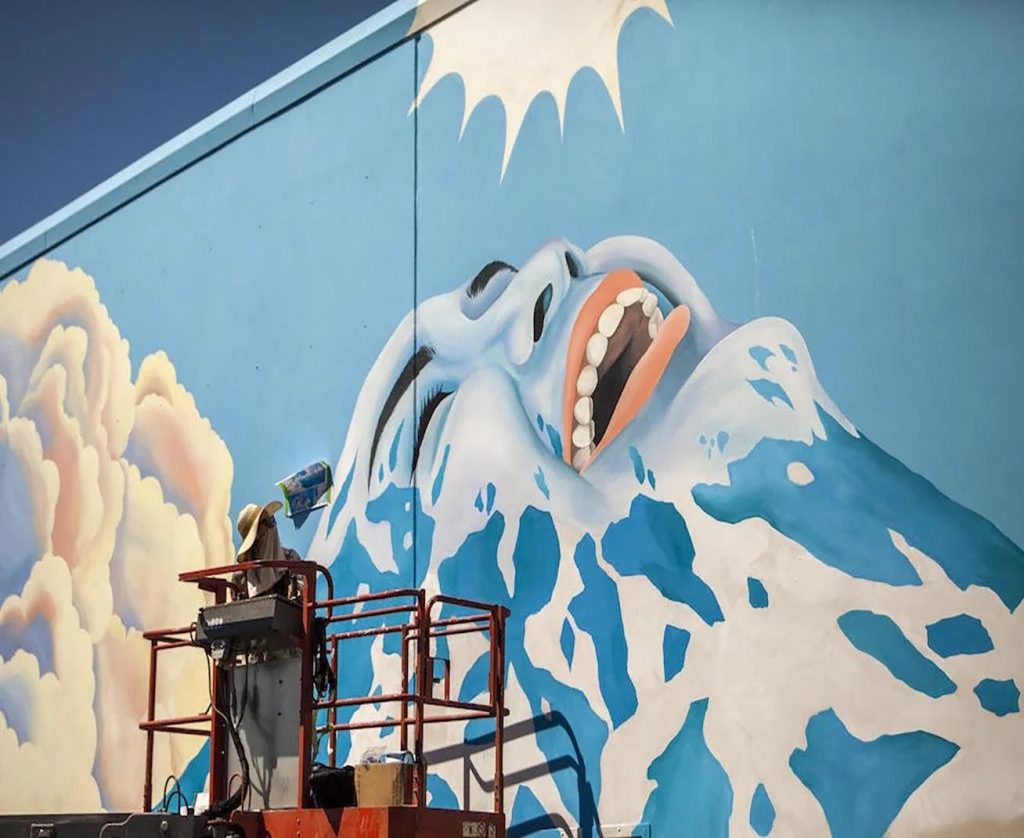
Georgetown Street Art
Location
Centered around Airport Way South in Georgetown.
Personal Experience
Georgetown is Seattle’s edgy, industrial neighborhood, and it’s covered in large-scale murals. I found one wall painted entirely with vintage-style lettering that looked like an old circus poster. Another stretched across several buildings, showing an enormous phoenix rising out of gears and smoke.
As I photographed, I was struck by how this neighborhood has transformed gritty warehouses into canvases of creativity. Walking here feels like wandering through an open-air gallery, but with the added charm of dive bars, breweries, and antique shops.
Costs & Booking
No cost to explore. Dining here is excellent, and I booked a table at Fonda La Catrina (5905 Airport Way S) using Yelp Reservations to ensure we got a spot.
Photography Tips
- Use leading lines—many murals here stretch along alleys.
- Midday works best since walls face open skies.
- Include people in shots to show mural scale.
Practical Planning for a Street Art Day
When I plan my street art walks, I rely on a few key platforms:
- Flights: I usually book through Expedia or Skyscanner for the best Seattle flight deals.
- Accommodation: Booking.com, Hotels.com, and Airbnb have consistently given me flexible and affordable options.
- Food Reservations: OpenTable, Resy, and Yelp Reservations are lifesavers when I want to lock in a spot after a long photo walk.
- Local Tours & Tickets: Viator, Eventbrite, and TripAdvisor Experiences for guided street art tours or combined cultural passes.
Booking in advance saves me not only money but also time, especially during busy weekends when the streets are buzzing with both locals and travelers.
Personal Reflections
Each time I wander Seattle’s graffiti-lined streets, I feel like I’m stepping into a dialogue between the city and its people. The art is bold, temporary, and alive—it shifts with seasons, political moods, and local stories. Photographing these walls isn’t just about capturing color on bricks but about freezing moments in the city’s cultural heartbeat.
Seattle’s street art never feels static. It’s constantly renewed, layered, and reimagined. That’s what keeps me coming back with my camera: the knowledge that the wall I shoot today might be something entirely new tomorrow, and that fleeting creativity deserves to be preserved in my lens.

